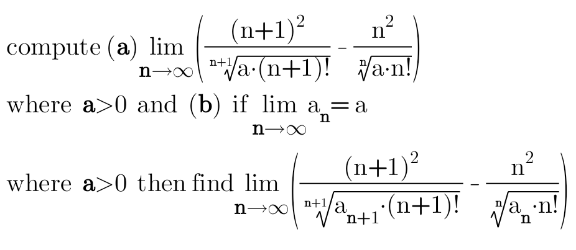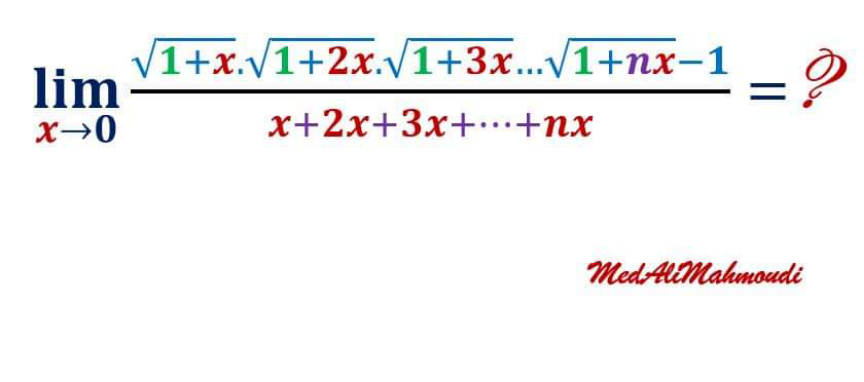
AllQuestion and Answers: Page 613
Question Number 157980 Answers: 2 Comments: 0
Question Number 157977 Answers: 1 Comments: 0
$$\int\:\frac{{dx}}{\left(\mathrm{1}+\sqrt[{\mathrm{4}}]{{x}}\:\right)\sqrt{{x}}}\:=? \\ $$
Question Number 157974 Answers: 0 Comments: 4
Question Number 157972 Answers: 1 Comments: 6
Question Number 158037 Answers: 0 Comments: 0
Question Number 157967 Answers: 0 Comments: 0
Question Number 157965 Answers: 1 Comments: 1

Question Number 157964 Answers: 0 Comments: 1
Question Number 157961 Answers: 2 Comments: 0
Question Number 157957 Answers: 1 Comments: 3

Question Number 157958 Answers: 0 Comments: 0
Question Number 157952 Answers: 1 Comments: 0
Question Number 157940 Answers: 0 Comments: 3

Question Number 158039 Answers: 2 Comments: 0
Question Number 157938 Answers: 0 Comments: 0

Question Number 157937 Answers: 0 Comments: 0

Question Number 157935 Answers: 0 Comments: 0
Question Number 157932 Answers: 0 Comments: 4
Question Number 157929 Answers: 0 Comments: 1
Question Number 157942 Answers: 0 Comments: 1

Question Number 157913 Answers: 1 Comments: 0
Question Number 157908 Answers: 1 Comments: 0
Question Number 157906 Answers: 0 Comments: 4
Question Number 157926 Answers: 2 Comments: 0
Question Number 157925 Answers: 1 Comments: 0

Question Number 157947 Answers: 1 Comments: 0
Pg 608 Pg 609 Pg 610 Pg 611 Pg 612 Pg 613 Pg 614 Pg 615 Pg 616 Pg 617
